Marie Antoinette Said, “Let Them Eat Cake”

“Let them eat cake,” is a phrase that’s been used to show how out of touch rulers (and people) are. Well, the first time it appeared, it was in Jean-Jacques Rousseau’s autobiography in reference to Marie-Therese, who was married to King Louis XIV in 1660. In fact, when the book was published, Antoinette was only nine and hadn’t even married.
And on top of this, the phrase that Marie Antoinette supposedly said was not even about cake. The phrase, "Qu’ils mangent de la brioche," refers to brioche, a type of bread. And while the bread is somewhat sweet, you wouldn't really call it cake. It's not cake. So, just lies all around.
(Image via Sony Pictures ; MidJourney ; Élisabeth Louise Vigée Le Brun, Public domain, via Wikimedia Commons
The Wild West Was Incredibly Violent
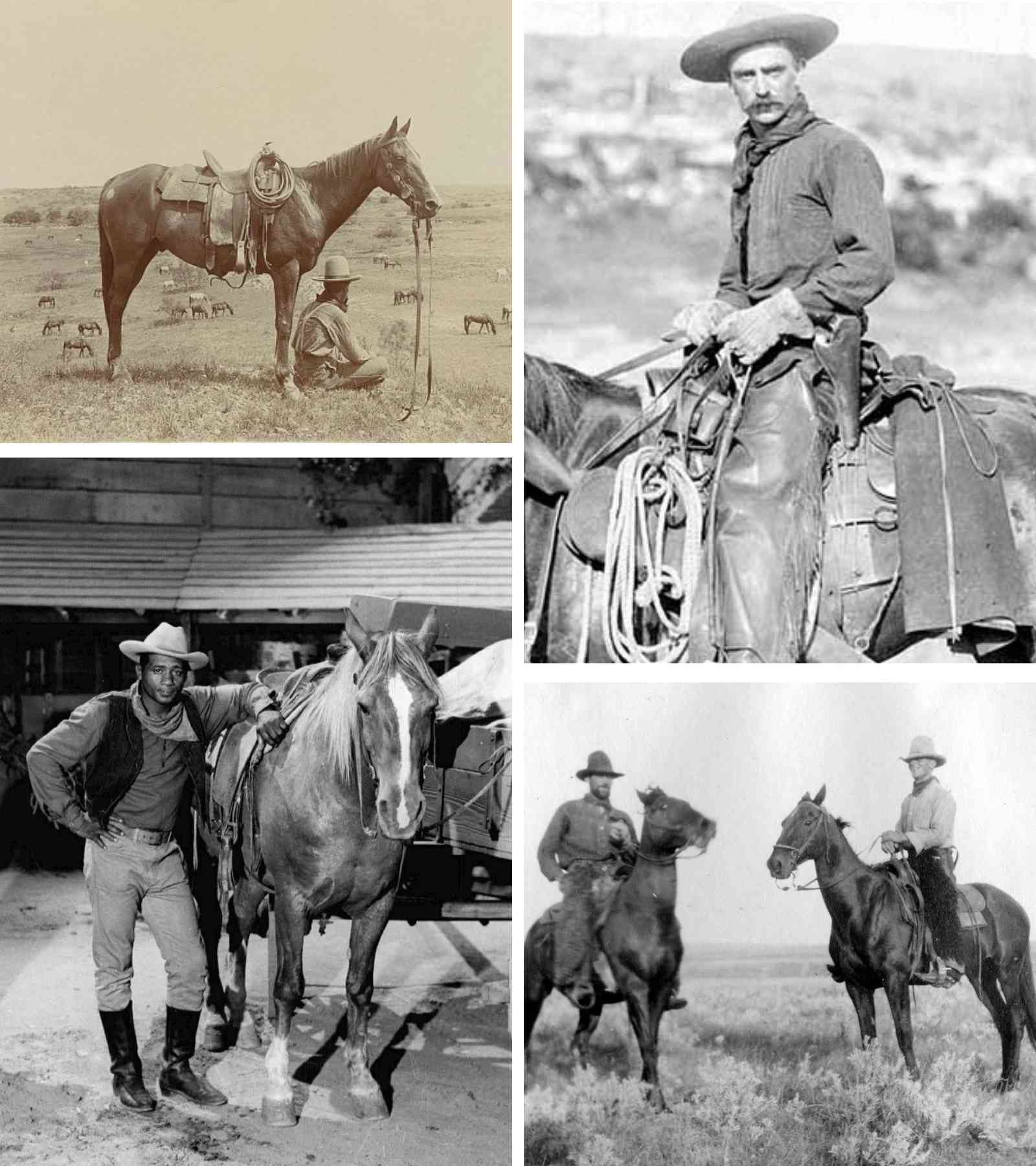
If you think about the Wild West, we think it was an unruly time with lots of shootings. The West wasn’t actually that violent. During 1859 and 1900, there were around 1.5 gun-related murders per year. That happens every few minutes in some United States cities today.
Even the O.K. Corral shootout wasn’t so much a shootout as it was the Earp brothers firing at the Clanton-McLaury gang. This “violent massacre” had a body count of three. It wasn't like in the movies where everyone is packing heat about to shoot you if they lose a card game.
(Image via Wikimedia Commons: John C. H. Grabill, Public domain ; CBS Television, Public domain ; Erwin Evans, Public domain ; Grant-Kohrs Ranch Historic Collection, bought by the National Park Service in 1972, Public domain)
People Only Lived to 30 During the Middle Ages

It seems like Death has always loomed like a dark cloud over the Middle Ages. The most dangerous period for someone in the Middle Ages was infancy, and the mortality rate for babies was as high as 50%. Once the babies get older, they had a good chance of living to be up to 60 years old.
On average, men died around 45, and women lived to be 50. Wealthy people would live even longer.That probably has to do with the fact that the wealthy had more food to eat, and well, a whole bunch of other factors. But people certainly lived past 30 in many cases if they made it into adulthood.
(Image via Internet Archive Book Images, No restrictions, via Wikimedia Commons 1, 2, 3, & 4)
Gladiators Were Slaves

When fighting for an audience first became a thing, sometimes local slaves would be chosen, but they were most often criminals. Furthermore, they weren't called "gladiators." When gladiator fighting rose to popularity, gladiator schools were erected, and the attendees were ex-soldiers, who were looking for a good payday. Later, noble people even stepped up to become gladiators.
In most cases, gladiators didn't actually fight to the death. The objective would usually be to yield to the other combatant. And usually, the loser of the fight would be spared but it would be up to the emperor or a governor to decide.
Paul Revere Never Shouted in the Streets
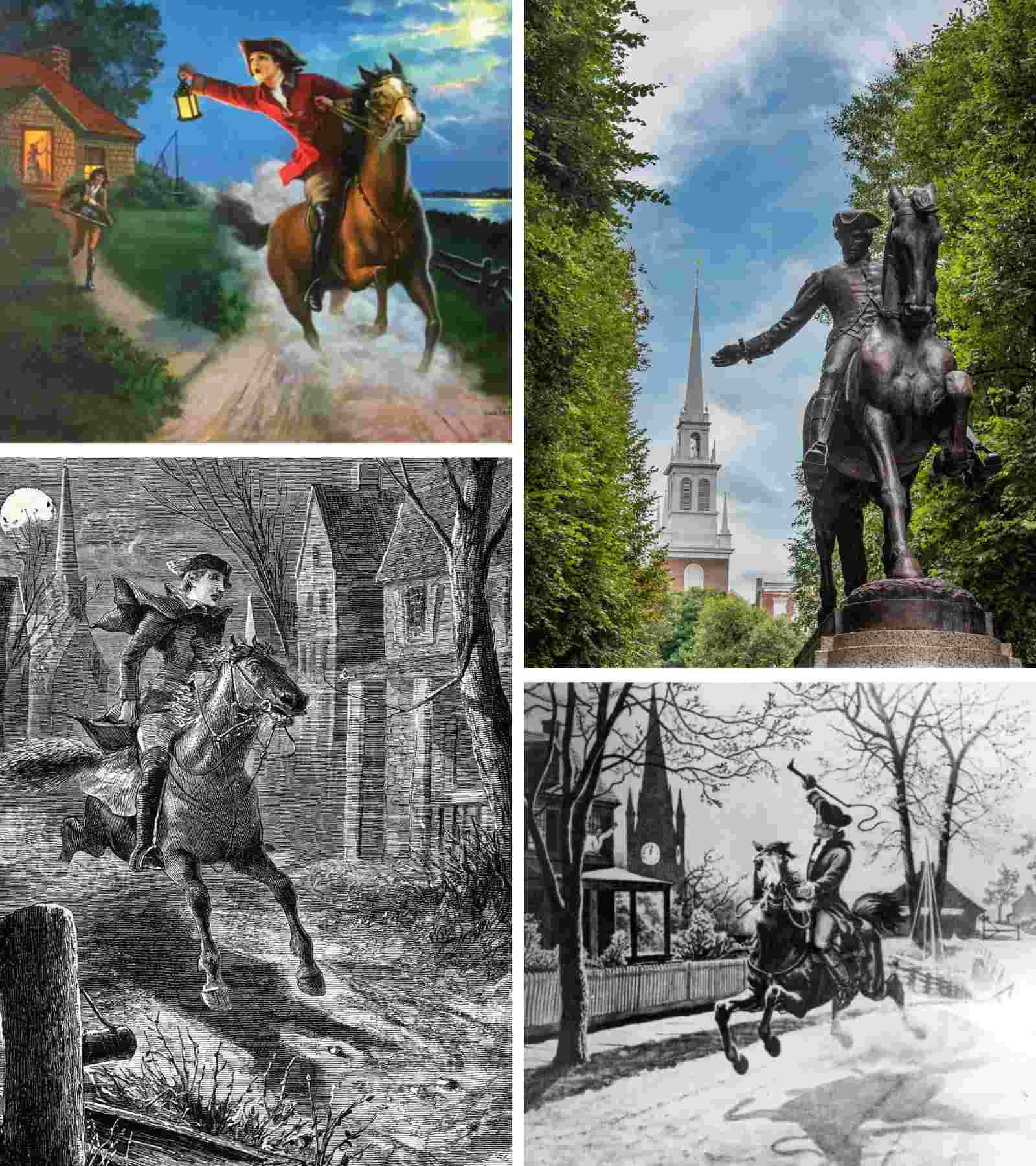
The idea of Paul Revere riding through the streets yelling “The British are coming!” is certainly a great one, but it never happened. At that point, the colonies were technically British, so it wouldn’t make sense. In addition to this, everyone wasn’t cool with the idea of a revolution.
Historians agree he rose alarm, but it was more of a whisper and was probably “the regulars are coming out.” And when you think about it, that actually makes more sense than shouting and letting the British know you are onto them and about to kick some a**.
(Image via Edward Mason Eggleston (1882-1941), Public domain, via Wikimedia Commons ; traveler116/Digital Vision Vectors/Getty Images)
Cowboys Wore Cowboy Hats
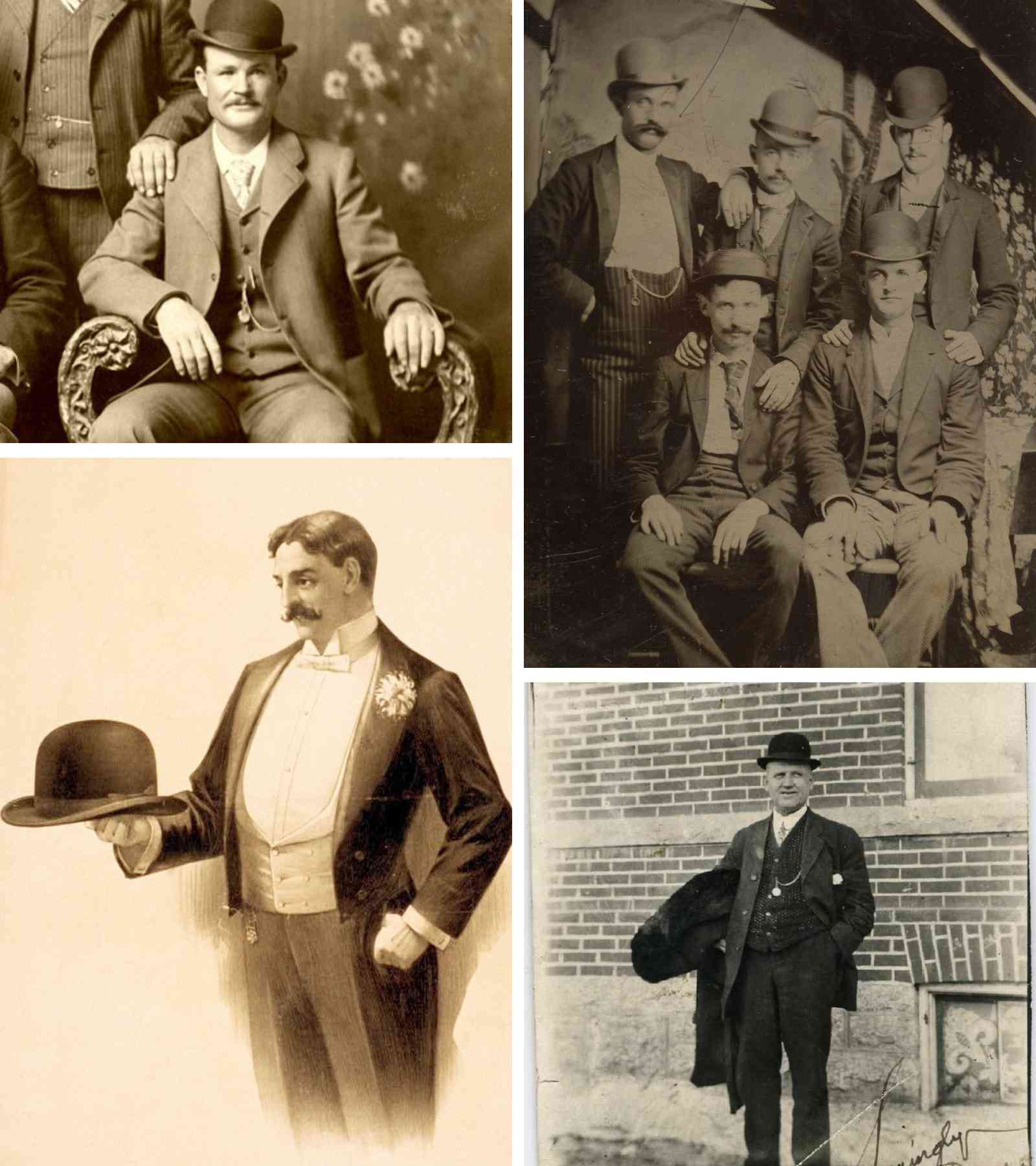
Cowboys on the American frontier had no real interest in wearing something as bulky as a cowboy hat. The most popular headgear worn by people in the 19th century (particularly by gunslingers) was a bowler or derby hat. It’s hard to imagine Wyatt Earp with a bowler, but it’s true.
Sure, it's not as cool to imagine as Wyatt Earp strolling down the streets in his cowboy hat and duster coat, but the bowler hat was really the most popular hat of the time. It would be just as out of place for him to be wearing one as it would be for someone now to be wearing one - provided you don't live in Texas.
(Image via Wikimedia Commons: Users CDA, Greenmountainboy on en.wikipedia, Public domain ; H.A. Thomas & Wylie Litho. Co., New York, Public domain ; John Zdralek at English Wikipedia (Original text: Unknown), Public domain; Author unknown, Public domain)
Napoleon Was Short
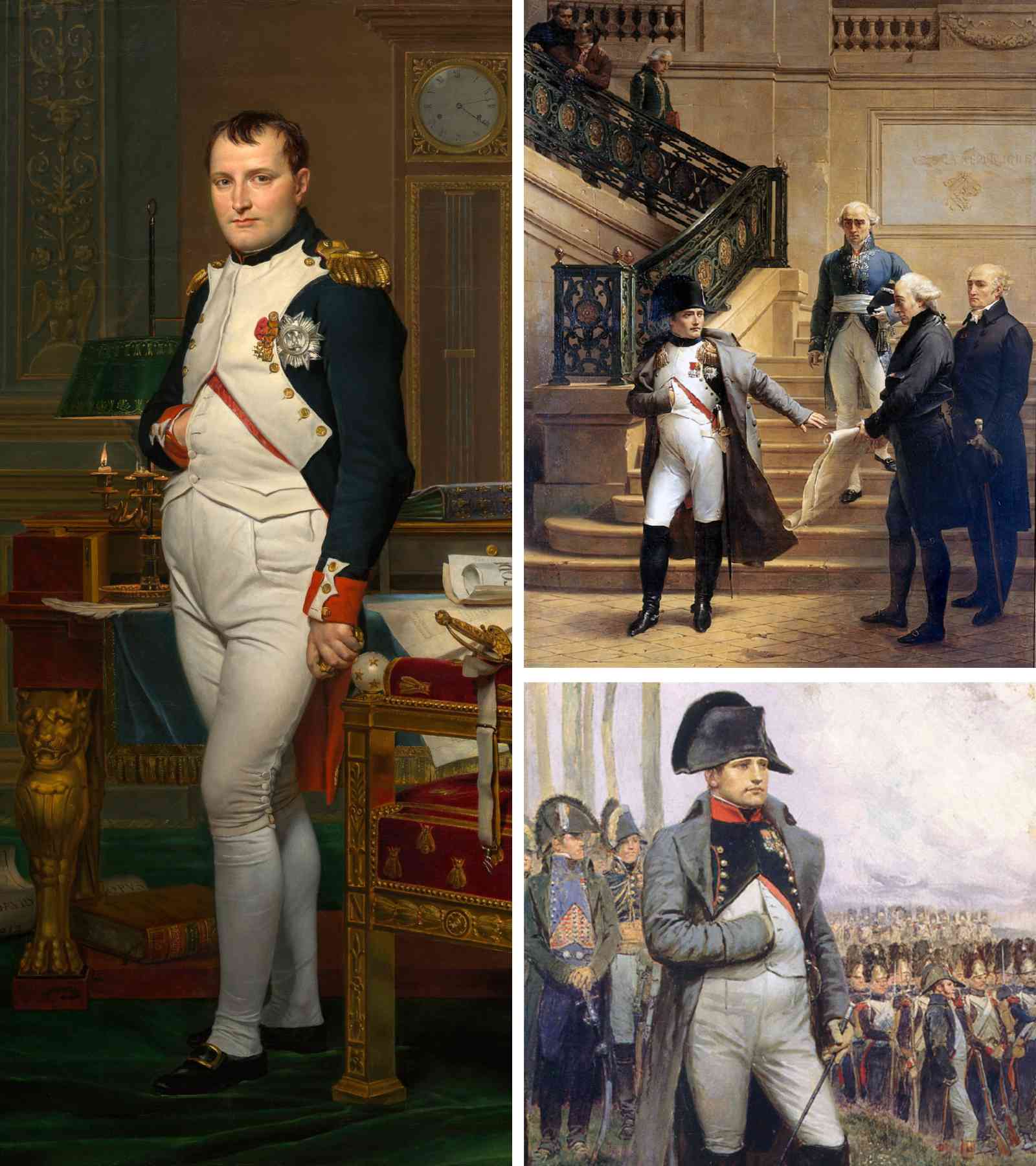
It’s become a popular joke that Napoleon was short. It even spawned the phrase “Napoleon complex,” but Napoleon wasn’t short. In truth, he was 5’7”. By today’s standards, that may be short, but that height was pretty respectable in France when he was alive. Over time, we’ve just gotten taller.
If you've even been to those old historical homes, you've probably noticed how tiny their stairs were and it's certainly not because they didn't know how to craft bigger stairs. The average height of a person in France in Napoleon's time was 5'4" putting Napolean a bit on the tall side.
(Image via Édouard Detaille, Public domain, via Wikimedia Commons ; Jacques-Louis David, Public domain, via Wikimedia Commons ; Merry-Joseph Blondel, Public domain, via Wikimedia Commons)
Washington Had Wooden Teeth
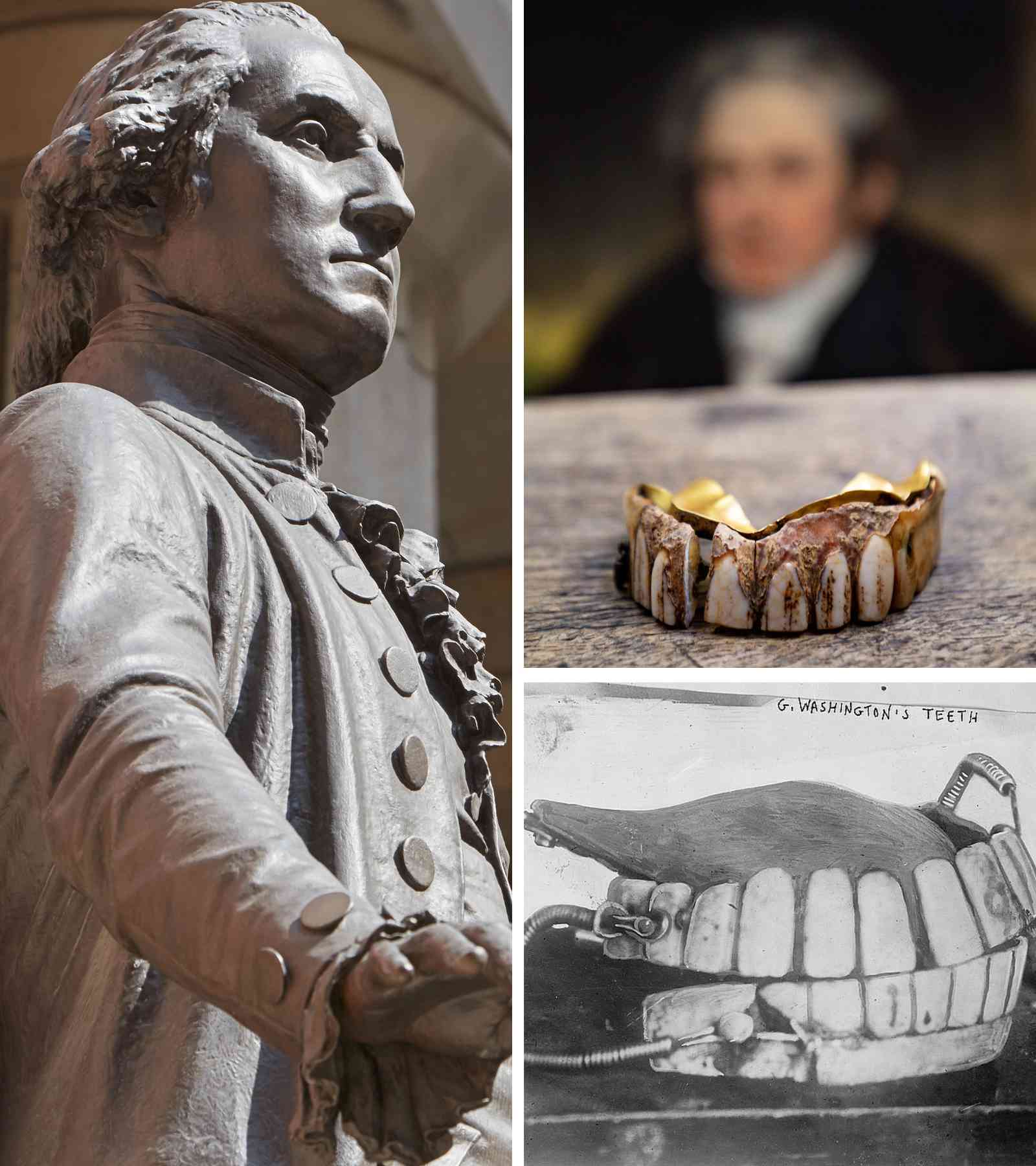
Washington did have dentures, but they weren’t made out of wood. The dentures in question were made from hippopotamus ivory, which stained easily and gave it a grain that looked like wood. Other materials he used included gold, lead, and even human teeth.
And not only did George Washington not have wooden teeth, but mostly nobody did as it was not a common material used by dentists. So, where does the myth come from? A version of the wooden teeth myth said that Washington carved the dentures himself but the truth is that he only made repairs on the dentures that were made for him.
Darwin Never Claimed Man Evolved from Apes

Darwin was a smart man, and he never claimed that modern man evolved from apes. What Darwin actually said was that he believed we shared a common ancestor. From there, the different species evolved by a process of natural selection. You can check out his quote in his book, On the Origin of Species.
The belief that evolution is a claim about men coming from monkeys is a complete misconception and an oversimplification of the theory. Make no mistake, the "apes" we evolved from were humans, just early forms of human, and a lot hairier at that—and certainly smarter than the animals you would find at a zoo.
(Image via Wikimedia Commons: © TimVickers at English Wikipedia, Public domain ; Haeckel, Ernst, 1834-1919, No restrictions ; Internet Archive Book Images, No restrictions)
George Washington Was Our First President

George Washington was far from our first president. There were several presidents elected during the American Revolution. The first was a man named Peyton Randolph, who created the Continental Army. George Washington holds the distinction of being the first president that was elected by the people, but he was technically the 15th president.
So who were these other men? Well after Peyton Randolph, Henry Middleton was chosen as the second president, and following that, Peyton Randolph was chosen again. Other presidents included John Hanson, Thomas Mifflin, Richard Henry Lee, and most notably, the famous John Hancock - big signature guy.
(Image via Gilbert Stuart, Public domain, via Wikimedia Commons ; Benjamin West, Public domain, via Wikimedia Commons ; Hulton Archive/Stringer/Archive Photos/Getty Images)
Nixon Was an Environmentalist

Nixon was far from an environmentalist, even if his signature did give us the EPA and the Safe Drinking Water Act. In reality, Nixon was doing what he could to keep supporters. At the time, both air and water were toxic, so he naturally did what he could to fix it to get a higher approval rating.
The Endangered Species Conservation Act of 1969 was the first major environmentalist bill that he signed into law, but there was already one in place. This merely strengthened what already existed and protected more species of animals. And decidedly, the firebombing raids in Cambodia were not so great for the environment.
(Image via Wikimedia Commons: Oliver F. Atkins, Public domain ; Department of Defense. Department of the Army. Office of the Deputy Chief of Staff for Operations. U.S. Army Audiovisual Center. (ca. 1974 - 05/15/1984), Public domain ; Marion Doss from Scranton, Kansas, USA, CC BY-SA 2.0 ; Series: Nixon White House Photographs, 1/20/1969 - 8/9/1974 Collection: White House Photo Office Collection (Nixon Administration), 1/20/1969 - 8/9/1974, Public domain)
Black Tuesday Caused Mass Suicides
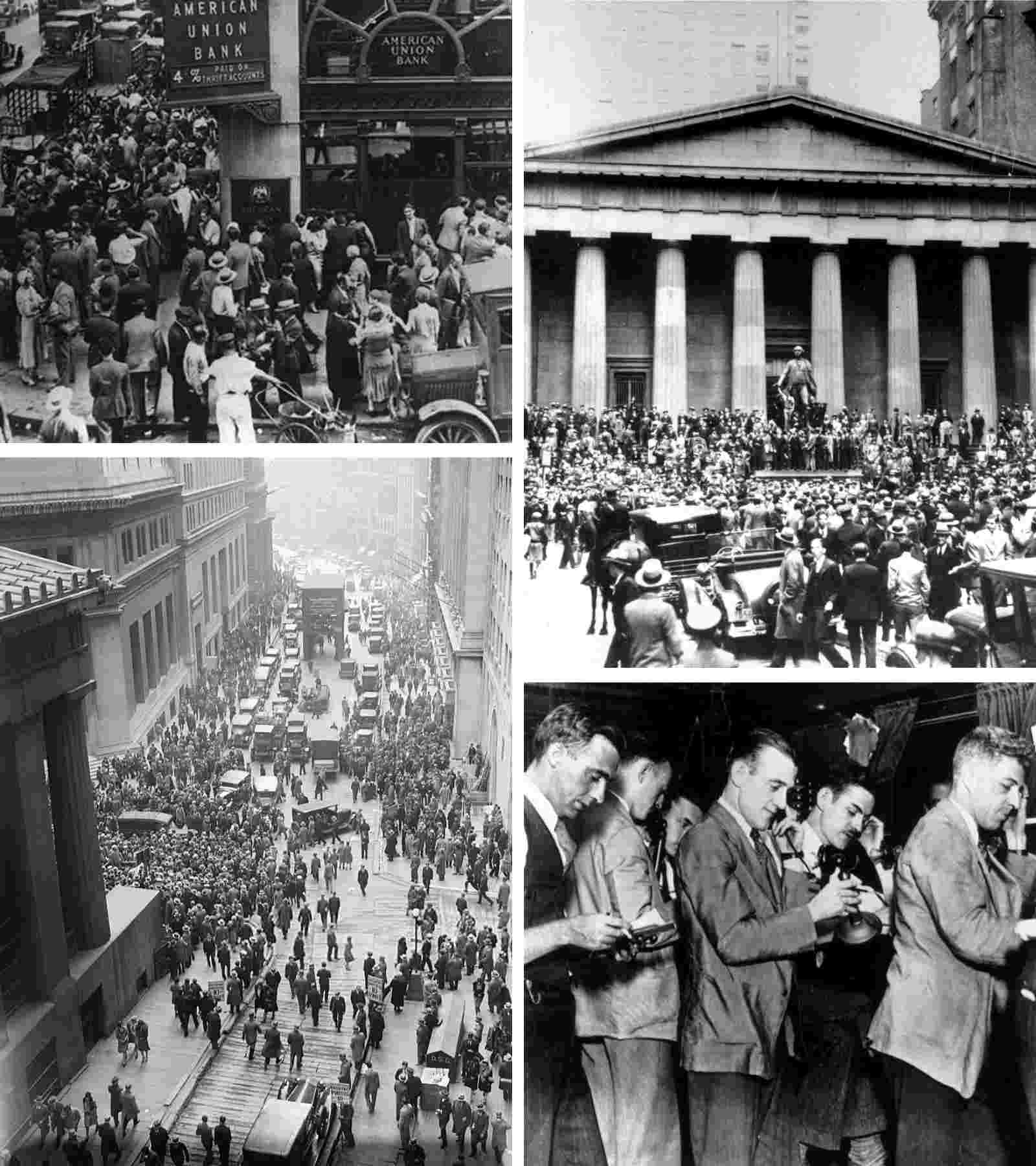
The Wall Street crash of 1929 is still one of the most devastating financial situations in American history. It’s said that investors jumped from skyscrapers after the crash. In actuality, there were only two suicides by jumping from tall buildings. One of them was an elderly female clerk, Hulda Borowski, who may not have even jumped because of the stock market plummet.
While it was certainly not an ordinary day, and people were in panic, people weren't killing themselves over it. In fact, according to economist John Kenneth Galbraith in his book The Great Crash 1929, there were no suicides at all and the rate was actually the lowest it had been all year.
(Image via Wikimedia Commons: National Archives Photo, Public domain ; US-gov, Public domain ; Associated Press, Public domain ; Associated Press, Public domain)
The Forbidden Fruit Was an Apple

The book of Genesis never mentions what kind of fruit Eve grabbed from the tree of the knowledge of good and evil. Biblical scholars think that it could be a fig since Adam and Eve were dressed in fig leaves, while some Muslim scholars claim it could have been wheat or grapes.
And according to ancient Iranian Christianity, the pomegranate was said to be found in the Garden of Eden, and thus that may very well be the forbidden fruit. Of course, none of us were actually there, so it may have very well been a banana.
Thousands of Persians Fought 300 Spartans
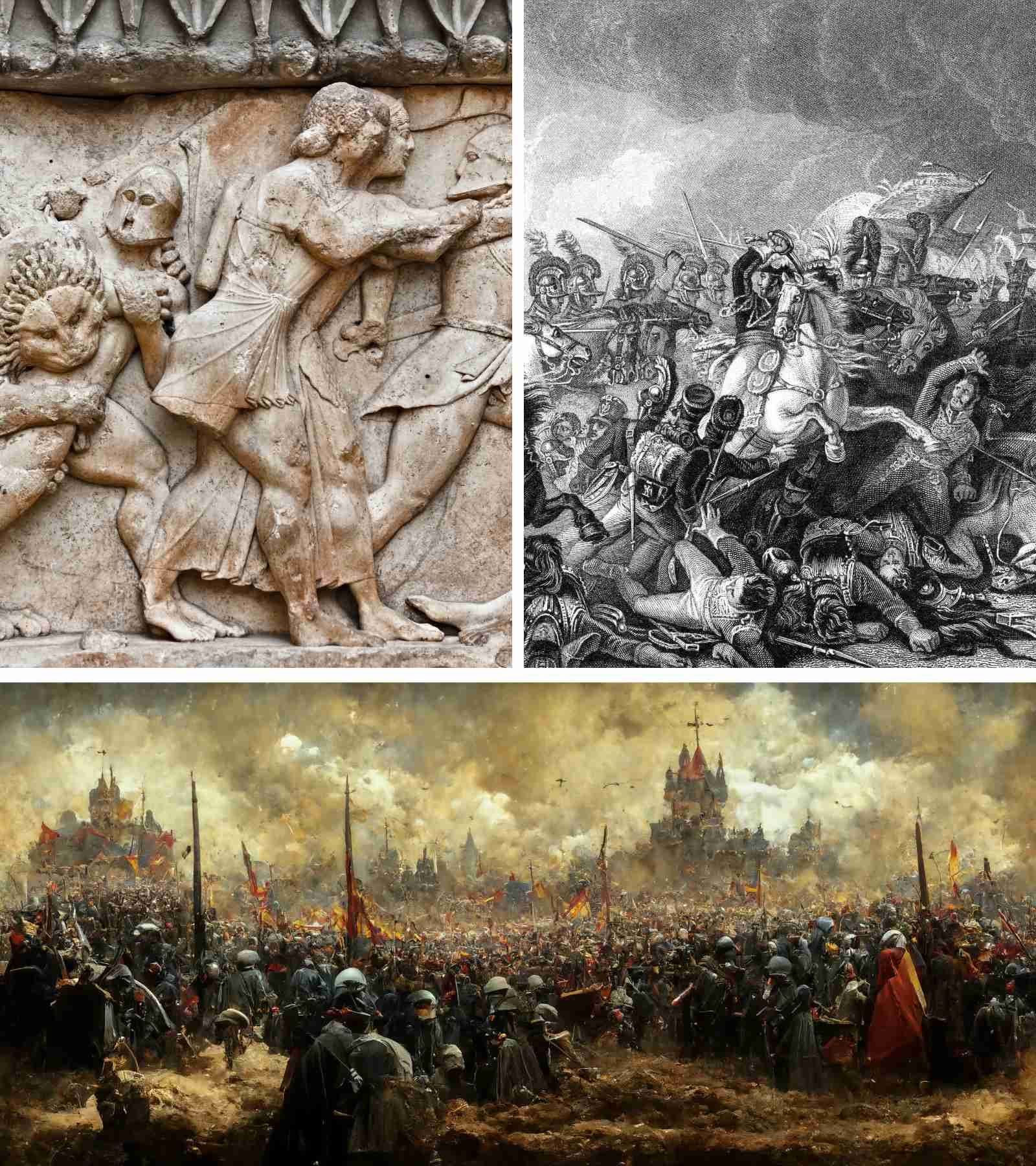
The story that 300 Spartans were stacked up against more than 20,000 Persian soldiers is exciting. The real story is still thrilling, but it’s leaving out something important. The 300 Spartan soldiers were backed by a 5,000 to 7,000 Greek army.
Even if you consider the larger number, 7,300 versus 20,000 is still shocking, but we can’t forget those Greek soldiers that fought side-by-side with the Spartans. So the Spartans certainly faced great odds, it's just they weren't alone in doing it. Not that they weren't brave, though!
Betsy Ross Sewed the First American Flag
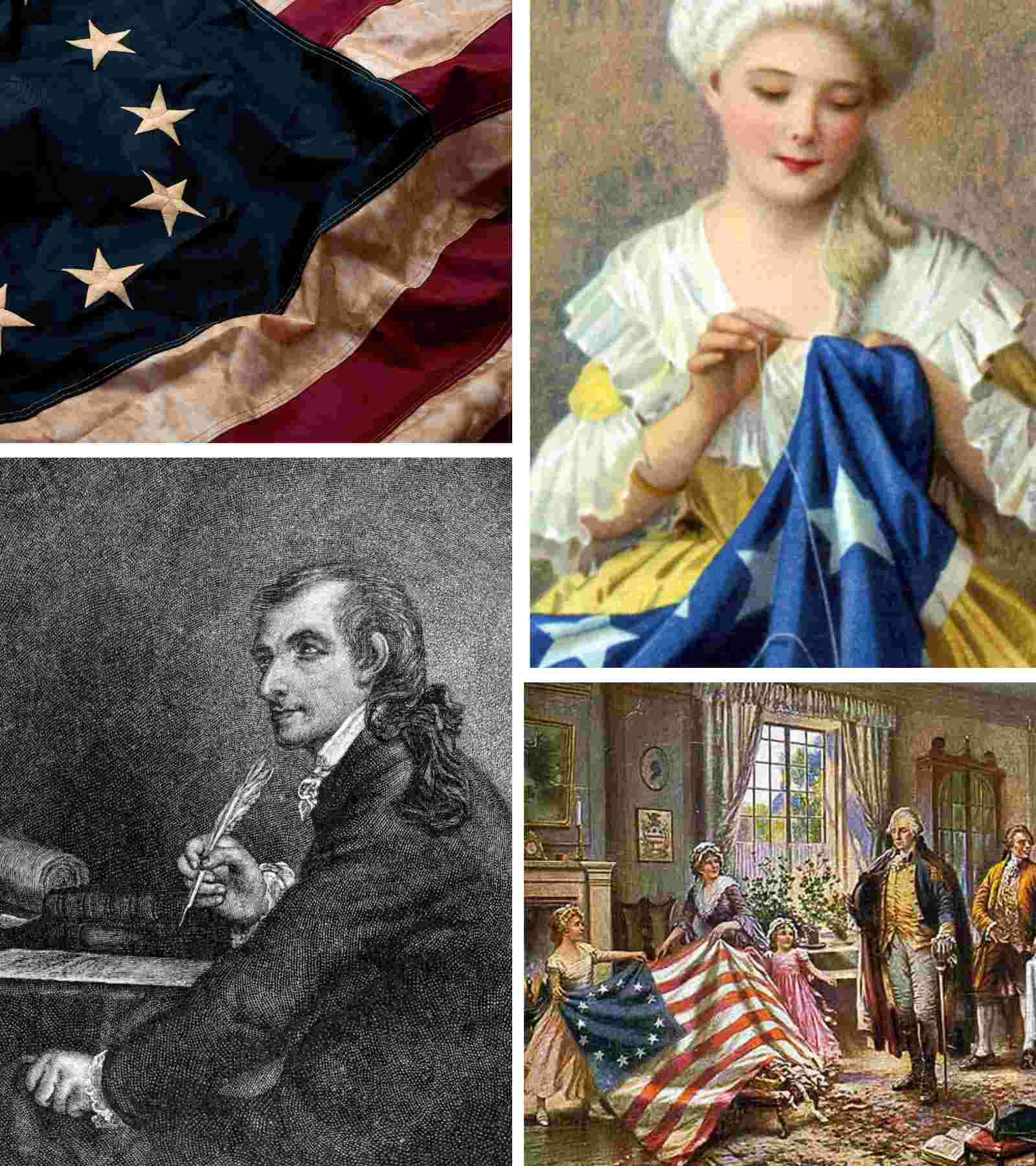
The only evidence we have that Betsy Ross designed and sewed the American flag is from her grandson. The real creator was probably Francis Hopkinson, who also signed the Declaration of Independence. He designed many seals for the United States government, so it isn’t a jump to think he did the same for the American flag.
Betsy Ross was credited by her relatives in 1870 for sewing the first American flag, but who hasn't wanted to brag about their relatives? In reality, there's no archival evidence nor recorded accounts that this actually happened. But the family claims that George Washington and two members of the continental congress visited the home of Betsy Ross.
(Image via Edward Percy Moran, Public domain, via Wikimedia Commons ; From painting by G. Liebscher, Public domain, via Wikimedia Commons)
The Pilgrims Started the Thanksgiving Holiday

Despite what we though, the Pilgrims were not responsible for the Thanksgiving holiday. It wasn't until the Lincoln presidency that the United States began to observe the holiday annually--more than a century after the Pilgrims held their celebration! That's not to say that there wasn't a Thanksgiving feast, however.
Thanksgiving existed in some form during puritan times but it was part of their tradition of fasting days and days of thanksgiving, dedicated to thanking god for a bountiful harvest. That being said, there were thanksgiving services held before the historic "first" thanksgiving. The one known to Americans, nonetheless, occurred in 1621, and it happened merely because there was a bountiful harvest.
(Image via Wikimedia Commons: Jennie Augusta Brownscombe, Public domain ; Jean Leon Gerome Ferris, Public domain ; N. C. Wyeth, Public domain ; Ehrhart, S. D. (Samuel D.), approximately 1862-1937, artist, Public domain)
Lincoln Abhorred Slavery

Lincoln gave us the Emancipation Proclamation in 1862, but that's not the whole story. Lincoln had some complicated feelings about slavery. In a letter, written in 1862, he wrote, “If I could save the Union without freeing any slave I would do it, and if I could save it by freeing all the slaves I would do it. What I do about slavery, and the colored race, I do because I believe it helps save the Union.”
And in fact, a speech from Lincoln in 1858 shows how Lincoln did not even view black people as equals, saying, "I will say then that I am not, nor ever have been, in favor of bringing about in any way the social and political equality of the black and white races."
(Image via Wikimedia Commons: George Peter Alexander Healy, Public domain ; Alexander Gardner, Public domain ; Popular Graphic Arts, Public domain ; Internet Archive Book Images, No restrictions)
Alamo Was Fought to Keep America Free

History is actually a lot darker than "Remember the Alamo." After Mexico’s War of Independence from Spain, Texas was still a part of Mexico. Since Mexico had banned slavery in 1829, they weren’t okay with the fact Texans still had slaves. Thus, the 1836 Battle of the Alamo occurred.
This pivotal moment in the Texas Revolution involved a 13-day seige by Mexican troops and a final battle between Mexican and Texan forces. Santa Anna was able to reclaim the Alamo for Mexico but Mexican forces would be defeated at the Battle of San Jacinto.
(Image via Wikimedia Commons: Frank Thompson, The Alamo (2005), Public domain ; postcard, sold in Texas, Public domain ; Noconatom, CC BY-SA 4.0)
Columbus Discovered America
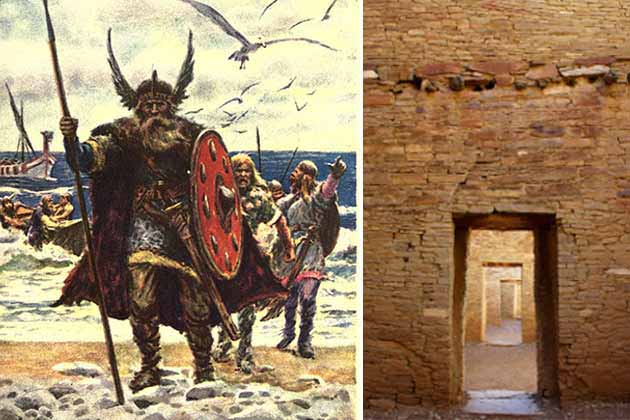
First of all, Columbus wasn’t the first person that sailed to America. That honor goes to Leif Eriksson, a Viking who walked on North American soil approximately 500 years before Columbus. On top of that, Columbus never came to the later-named nation of the United States of America. Instead, he landed on the Caribbean Islands.
The area in which Columbus landed is now what we refer to as the Bahamas. The native people called the land Guanahani and Columbus renamed it San Salvador. So basically, it's important to note that he discovered the Americas NOT America as in the USA. And he wasn't the first to discover it.
(Image via: Marshall, H. E. (Henrietta Elizabeth), b. 1876, Public domain, via Wikimedia Commons; Brian W. Schaller, FAL, via Wikimedia Commons)
Vikings Wore Horned Helmets

Any time we see a depiction of a Viking, they’re usually wearing a horned helmet. It makes them look a little scarier, but it’s all made up. There's no historical evidence for Vikings having horned helmets. The only horned helm ever discovered was in a Norwegian warrior’s burial just north of Oslo.
Anthropologists found some helmets that had “brow ridges,” but some historians aren’t entirely sure that Vikings wore helmets at all. The horned helmet myth likely came from Scandinavian artists from the 19th century - long after the Vikings' time. And if the Vikings did have horned on their helmets, it's only some metal embellishments.
The Founding Fathers Were Christians
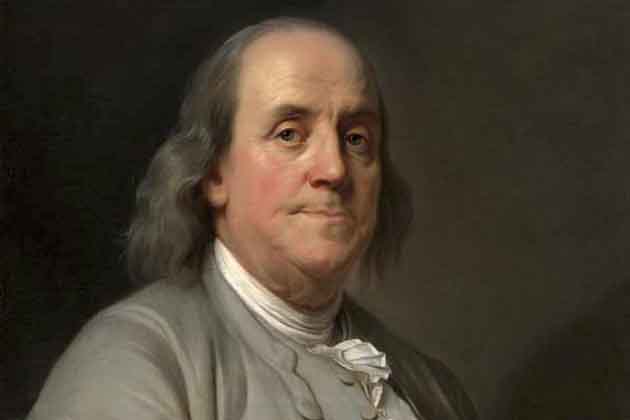
Thomas Jefferson and Benjamin Franklin were deists, meaning they believed in God but didn’t subscribe to any holy book. George Washington was an Episcopalian, and John Adams was a Unitarian. Adams even claimed, “the government of the United States is not, in any sense, founded on the Christian religion.”
If there was any source of faith that had any influence on the founding fathers of the country, it would have to be that of deism. Many of the most notable founding fathers, like Jefferson, Franklin, Madison and Washington, practiced deism, a faith that stresses human reasoning to solve problems in the world rather than looking to a deity.
Einstein Flunked Math
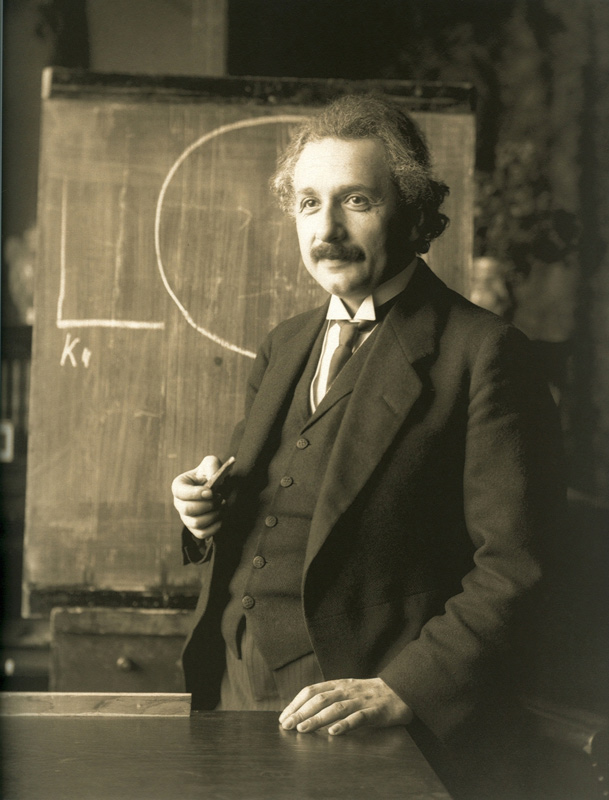
Einstein is undoubtedly one of the smartest people that’s ever lived, but stories have circulated that he flunked math. We all love the idea that even the great Einstein struggled, but that’s not the truth. Einstein failed a college entrance exam, but it wasn’t because of the math section. He actually bombed the botany, zoology, and language sections.
And just to clarify things, let's set the story straight from the man himself. Einstein had dismissed the story that he read in a news article, responding, "“Before I was 15 I had mastered differential and integral calculus.” So yeah, Einstein would rather you just didn't think anything less than him being a mathematical genius. Point taken, Einstein.
Cars Were Invented in America
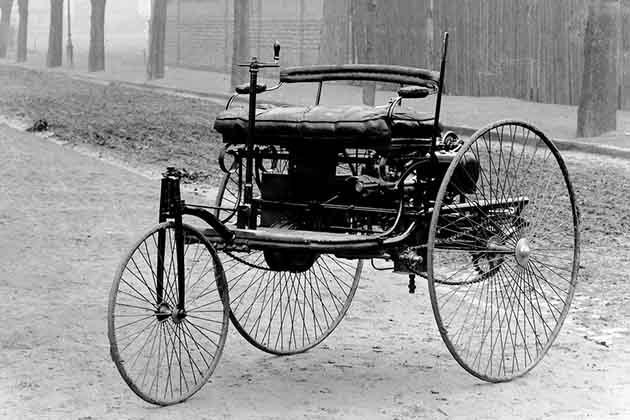
If someone asked you about the first car ever made, most of us bring up Henry Ford’s Model T, which was first introduced in 1908. It was great and all, but it wasn’t the first car. In reality, Ford wasn’t even the first person to sell a vehicle in the United States.
That distinction goes to Ransom E. Olds, who sold the first Oldsmobile in 1901. Nicolas Joseph Cugnot was the first person to create an actual vehicle in 1769. This car was steam-powered and was called the Cugnot Fardier, a three-wheel truck designed that Cugnot designed for the French military.
George Washington “Cannot Tell a Lie”

The story goes that when Washington was six years old, he chopped down his dad’s cherry tree. When his dad confronted him, he stated, “I cannot tell a lie” and confessed. This tale was completely fabricated in 1806 in a biography of Washington.
Why was this story made up? It's difficult to say. But because it was made up by one of George Washington's first biographers, it became a story that was passed on into legend. After Washington's death in 1799, Mason Locke Weems was ready to make up whatever he needed to in order to create an exciting biography for the readers of the time.
"Never let the truth get in the way of a good story. " - Mark Twain
California Isn’t an Island
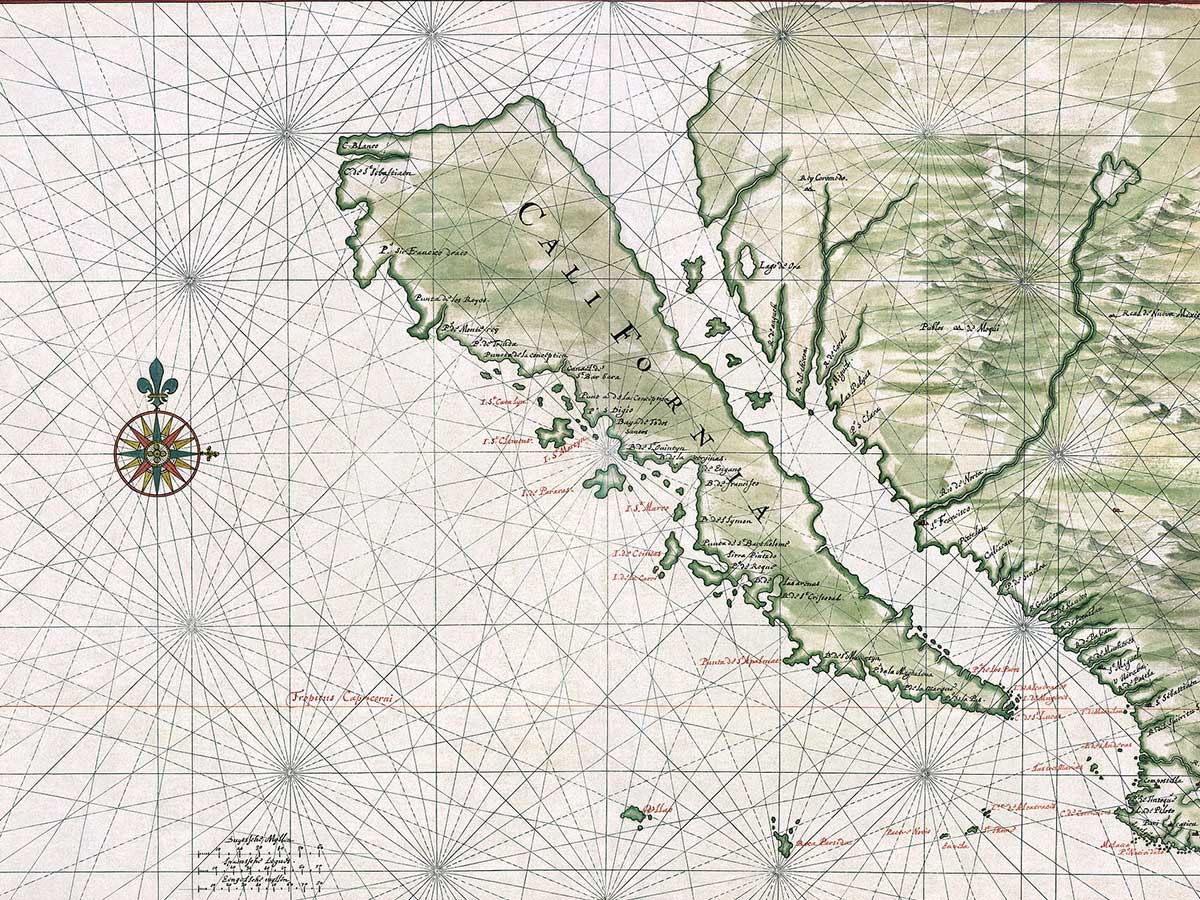
Okay, this wasn’t one that we ever believed here in America, but it was too funny to leave out. Apparently, in the 16th century, an old Map of California left it hanging off the side of the continent like an Island. It was a long-held European misconception that was around for over 100 years! It all started from a 1510 Romance novel titled Las sergas de Esplandian by Garci Rodriguez de Montalvo.
A passage from the novel reads:
"Know, that on the right hand of the Indies there is an island called California very close to the side of the Terrestrial Paradise; and it is peopled by black women, without any man among them, for they live in the manner of Amazons."
Cinderella Wore Glass Slippers

Disney films don’t really put historical facts high on the list when they’re making a movie. If you ever thought Cinderella’s glass slippers were impractical, you’re right. There are a ton of variations of the fairytale, but the earliest describe Cinderella wearing slippers made of white squirrel fur.
The tale was re-written in 1697 by Charles Perrault and replaced the word vair with verre, which means glass. The earliest variation of the story was written sometime before 23 AD, recounted by Greek geographer Strabo. In that story, a young Greek slave girl marries the king of Egypt.
Salem Burned Witches at the Stake

The Salem Witch Trials were one of the darkest periods of American history, but no one was burned at the stake during this historical event. Between 1692 and 1693, almost 200 people were accused of witchcraft. Most were jailed, some were hanged, and one unlucky soul was crushed with heavy stones. Not a single one was burned.
However, historically people had been burned at the stake in the past—just not at Salem. For one, there was Matteuccia de Francesco of the Papal States, who confessed to flying on the back of a demon. And then there was Guirandana de Lay of Aragon, who had been accused of witchcraft. Both instances were way back in the 15th century.
Benjamin Franklin Didn’t Think America’s Bird Should be the Turkey

Sorry to burst your bubble, but Franklin didn’t think the turkey should be our national bird. It’s true that he didn’t like the bald eagle because it had a “bad moral character.” In a letter to his daughter, he joked about turkeys as our national bird, but he never actually meant it in earnest.
Franklin, a joker, did say that turkeys wouldn’t hesitate to “invade his farm yard with a red coat on.” At the same time, he did not agree that the bald eagle was the best choice of bird, saying in the same letter, "For my own part, I wish the bald eagle had not been chosen as the representative of our country; he is a bird of bad moral character; he does not get his living honestly; you may have seen him perched on some dead tree, where, too lazy to fish for himself, he watches the labor of the fishing-hawk."
Alexander the Great had the Largest Empire in Ancient History

The Mongolian Empire was easily the largest empire in ancient history, not Alexander's. That’s precisely why so many people are related to Genghis Khan. That’s also why China had such a hard time keeping the Mongols at bay. Alexander the Great had a big empire, but if we’re comparing size, the Mongolian Empire wins easily.
Alexander's Empire stretched 2 million square miles, which was impressive, just not the biggest the world has ever seen. And the Roman Empire was even larger, exceeding Alexander's in size. What was impressive was the time in which the Alexander Empire was built - a mere 13 years. He was undoubtedly a great conqueror.
Country Sizes Are Different

In school, we’re used to seeing the globe spin around, but did you know that the sizes of each country are wildly off from their actual square mileage? On our globe, Canada looks larger than the United States, but the U.S. is actually bigger! Russia, China, and many other countries are also a lot smaller than we originally thought.
The reason the countries appear larger is that they are stretched out on the globe. That's in part why there are lines on the globe that will show you the relative location of things. However, the actual size of the land masses is quite surprising when you look at this map of countries that are to scale.
The Declaration Was Signed on July 4th, 1776
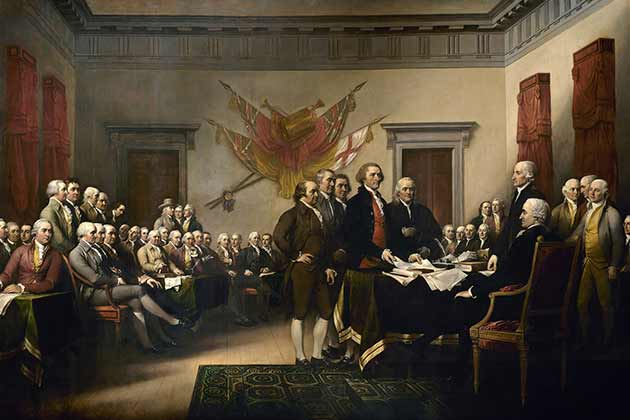
It’s said that the United States of America was founded on July 4th, 1776 because everyone signed the Declaration of Independence on this day. This one is a lot to unpack. First, the first draft of the Declaration wasn’t presented until July 2nd, and a revision was approved on the 4th.
This is when John Hancock signed it. However, it took months for the remaining Continental Congress members to sign it. Historians agree there’s no way all 56 members were in the same room at the same time to sign it. Maybe if they had offered free appetizers, they'd have been more inclined to be there for a kickass party, but it just doesn't seem feasible without modern transportation.
Shakespeare Created Hamlet
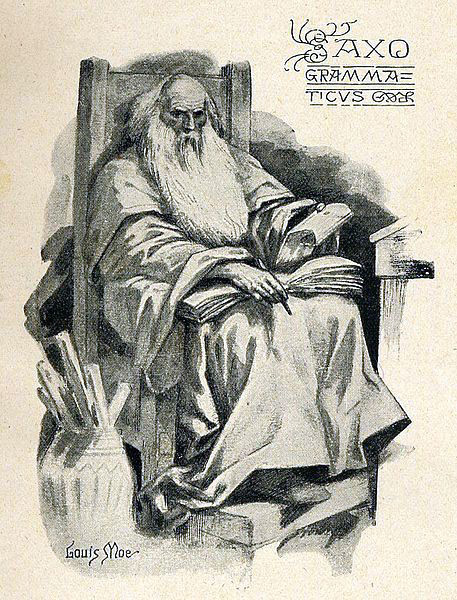
Everyone knows the story of Hamlet, but Shakespeare didn’t create it. He based it on another piece called The Life of Amleth, which was written by Saxo Grammaticus. Both stories were based on the Prince of Denmark, both men went mad because of the hasty marriage to the killer, and both princes kill the usurper.
The Scandanavian legend itself is said to be derived from an old Icelandic poem, and the name Amleth is derived from the word "Amlóði" which means "fool." Thus, Hamlet is a fool. Shakespeare wrote his play between 1599 and 1602 it is said, so clearly not a coincidence.
“A.D.” Means “After Death”

Many people think that A.D. means “after death.” It’s a good way to differentiate A.D. from B.C., but it isn’t correct. A.D. stands for Anno Domini, a Latin phrase actually means “in the year of the Lord.” As for B.C, that stands for Before Christ.
Many historians (and those in scientific fields) use C.E. and B.C.E., meaning “common era” and “before common era,” respectively. The new terms are more inclusive and can resonate more with cultures that don't believe in Christ, since not everyone in the world is Christian.
Mongolian Empire is the Largest in Human History

While the Mongolian Empire is the largest in ancient history, it doesn’t even come close to the largest in human history. At its peak, the British Empire accounted for over 26% of the world’s landmass. That’s almost 10% higher than the Mongol Empire.
The size of the British empire peaked in 1920. Then, the world wars and conflict with other nations caused the British Empire to shrink dramatically. But having formed its origins back in 1496, the British Empire certainly had longevity on its side, though not nearly as long as the Roman Empire.
Iron Maidens Were Used as Medieval Torture Devices
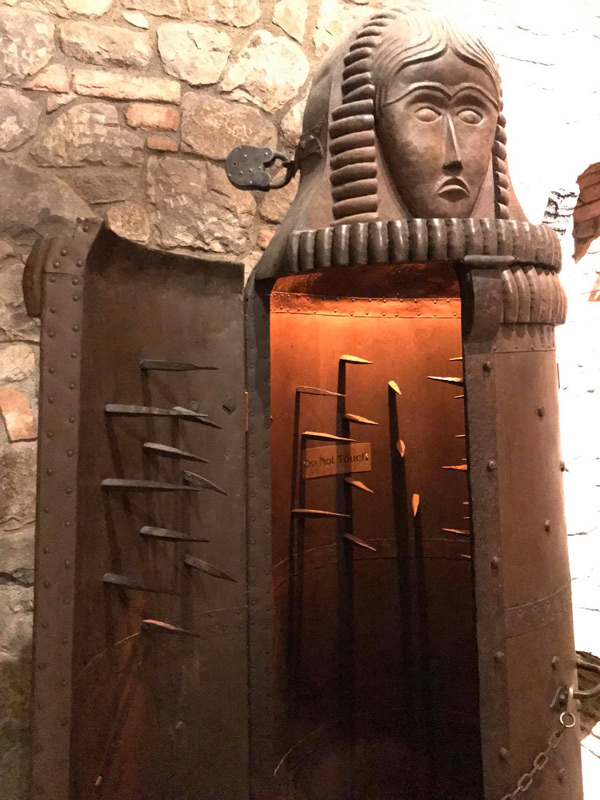
Medieval torture was gruesome, but iron maidens were completely made up. The first stories didn’t pop up until the 18th century. Once it started, the story spread as a way to encourage the idea that the Middle Ages were gruesome and violent.
This is not to say that iron maidens were not real. They just weren't really a thing in medieval times. The first instance of iron maidens didn't occur until the 19th century, as far back as 1802. And the original was destroyed because of an allied bombing during WWII.
Thomas Edison Invented the Light Bulb
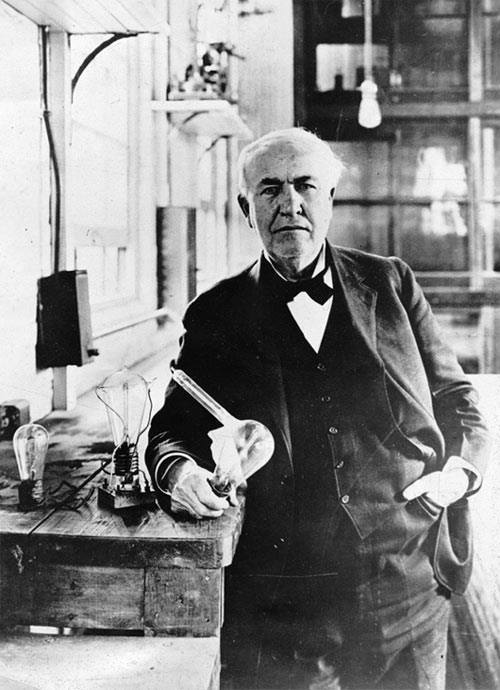
Edison had over 1,000 patents, but he didn’t invent the lightbulb. There were a lot of people playing around with the idea of an electric light before Edison got his hands on the idea. What Edison really did was create the first light bulb that was practical and affordable.
The true father of the light bulb is Warren de la Rue, a British astronomer and chemist. He created the first light bulb using an enclosed platinum coil in a vacuum tube, which he then passed a current through. The issue, however, with his design was that the platinum made it too expensive for commercial use.
War of the Worlds Caused Mass Hysteria

It’s said that Orson Welles fooled the world in 1938 when he presented War of the Worlds, and this broadcast caused mass hysteria because people thought it was real. The “mass hysteria” claim is inflated, though. The only person that thought it was real was a single farmer.
The only people that were confused by the broadcast were the ones who missed the beginning of it as it was not set-up like a radio hoax. They merely used the radio as a platform for telling their story. Nobody was genuinely panicking over the broadcast.
H*tler Created the Autobahn

H*tler wasn’t an engineer, and there’s no way he had input. In fact, construction of the Autobahn began in 1929—that’s four years before H*tler became chancellor! When H*tler came to power, he took the program over and claimed he started it, which wasn't true at all.
The autobahn, Germany's federally controlled highway system, was first conceived back in the 1920s but its construction was slow and not much work was done on it until H(tler came into power. His enthusiasm toward the project undoubtedly made some people believe that he created it but he didn't.
Manhattan Was Purchased for Beads
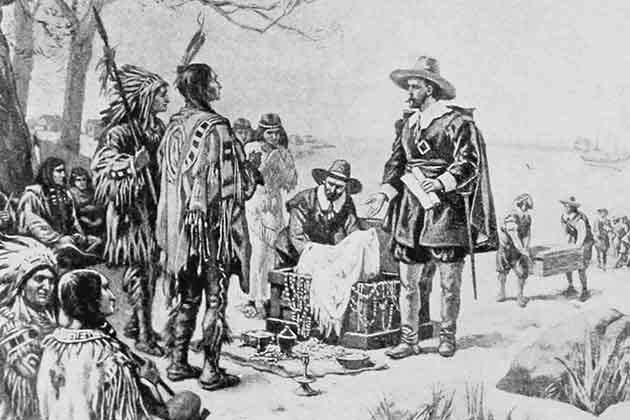
This one is partially true. The misconception is that the Island of Manhattan was purchased for around $24 worth of beads. History doesn’t show what items were involved in the transaction, but it equaled “60 guilders.” That would be roughly $1,000 today, and this was the same amount that was paid for Staten Island.
No doubt that it’s still low and wouldn’t even pay a month’s rent for an apartment there today, but it’s an important distinction. It's still s pretty good deal though, considering Manhattan is 33.58 square miles. The are was discovered by Florentine explorer Giovanni da Verrazzano in 1524 but was not mapped until Henry Hudson's voyage in the 17th century.
Southerners Feared Kitchen Fires

Some people claim that Southerners kept their kitchens unattached because they were afraid of house fires. But the reality has to do with Southern weather--it gets incredibly hot down there. Kitchens also get super hot, and a kitchen in the summer can be absolutely miserable.
Without air conditioning, the original Southerners detached their kitchens, so the rest of the home wouldn’t heat up too. And for clarification, this myth pertains to colonial times in which separate kitchens were not common in the north. But anyway, it's quite understandable why they wouldn't want things to get any hotter in the house. That's partially why we use barbecues in the summer.
Everyone in the Colonial Era Wore Wigs

We know a colonial setting when everyone is wearing a wig, but only about 5% of the population wore wigs. During this time, wigs were costly and only worn by those that could afford them – lawyers, statesmen, and gentry women. Even if the average Joe wanted to wear a wig, they couldn’t afford one on a blue-collar salary.
Essential the wigs were a way for the wealthy to flaunt their statuses like wearing a Rolex or a Versace handbag. Of course, now you could just buy one at any costume shop or buy a fancy one for like $100. But in the 1700s if you saw just some regular bald guy walking around bald, it's probably because he was poor like everyone else.
Medieval People Spiced Rotten Meat to Mask Flavor

What happens when you eat rotting meat? You get sick. That’s just a fact. Medieval people weren’t about to get a stomach ache every time they wanted some protein. Plus, spices were much too expensive to put on rotting meat that would still get you sick. Spices were only used to embellish high-quality food.
There's also another huge issue with this claim. Spices were a luxury of the time. Spices like cardamom, nutmeg, cinnamon, and ginger had to be exported from exotic lands in the far east and wouldn't be easy for medieval peasants to get a hold of. So basically, only wealthy people could afford these spices and wealthy people certainly wouldn't be about to eat spoiled food.
Lindbergh Made the First Transatlantic Flight

Being the “first” to do something makes you special, so when Charles Lindberg took his first transatlantic flight between New York and Paris in 1927, it made headlines. It was the first time he’d done it, but the first one was completed in 1919 by two British aviators named Alcock and Brown. They flew nonstop from Newfoundland to Ireland.
The two British pilots flew a modified WWI plane, the Vickers Vimy, for 72 consecutive hours. For their achievement, they were awarded the Daily Mail prize which was presented by Winston Churchill who was the Secretary of State for Air at the time. Additionally, they received the honor of Knight Commander of the Most Excellent Order of the British Empire by King George V.
Continents Aren't Where We Think

This one may be hard to explain, but stick with me. Our mental idea of maps is very off. For example, most of us grow up thinking Europe is right across from the United States, but that’s wrong. In fact, Europe lines up with Canada with Paris being further north than Montreal.
Barcelona is at a similar latitude as Chicago, and Venice lines up with Portland, Oregon. Who knew?
The point, being however, things are much closer than they appear and sometimes much further. Maps can be quite misleading if you don't know how to read them.
The Globe Had One Massive Landmass Called Pangea
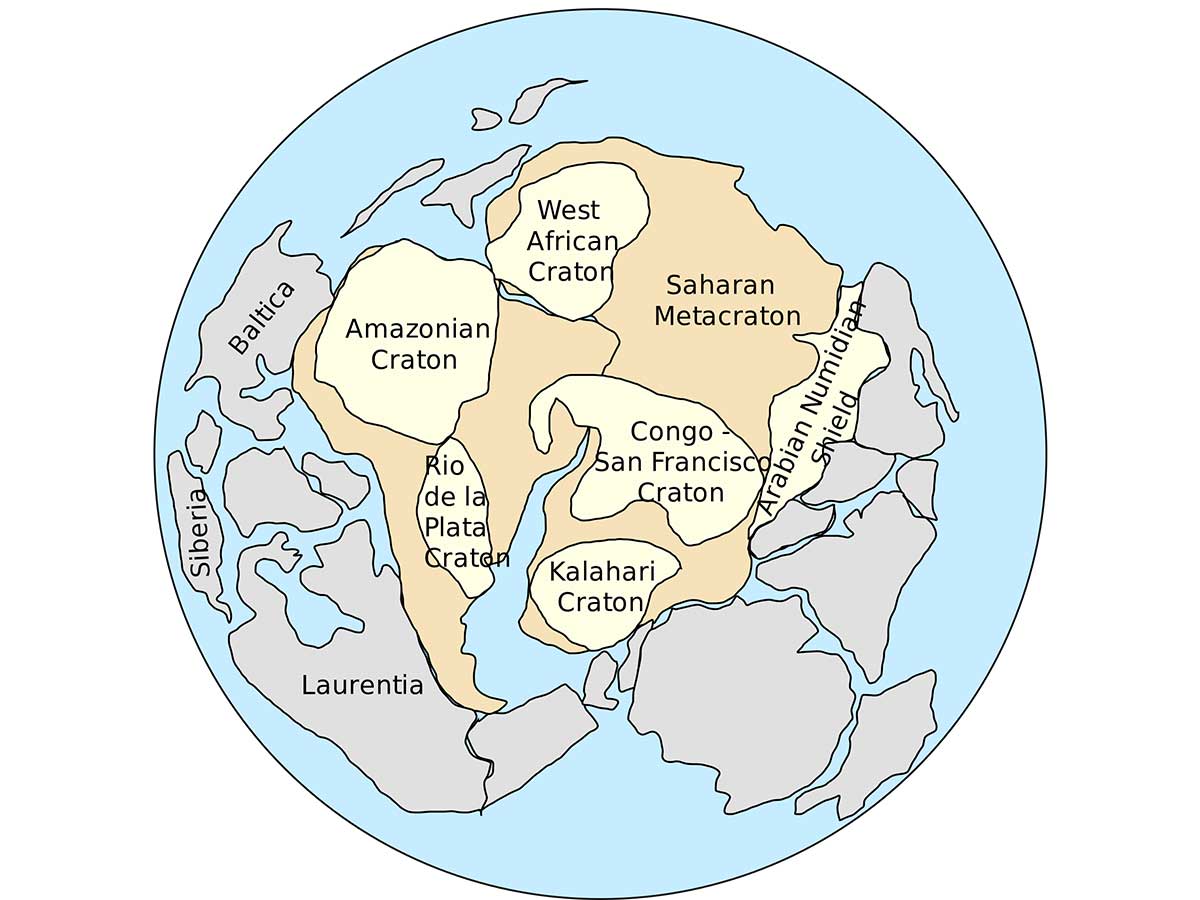
This is both true and false. The globe was once one giant landmass called Pangea, but that isn’t all! Before Pangea, there were a few others (plus some scientists probably haven’t discovered). This includes Pannotia and Rodinia. Basically, continents have been moving around for a while.
Scientists figure this out through carbon dating – oh, the miracle of science!
But what happened? Why did things move? One theory is continental drift which posits that the earth's plates have moved over time, appearing to drift across the ocean. these plates are said to have been moving over the course of billions of years. So it's not like someone woke up one day to find their buddy not living on the same continent anymore.
 Author
Alot Living Team
Last Updated: March 28, 2023
Author
Alot Living Team
Last Updated: March 28, 2023
